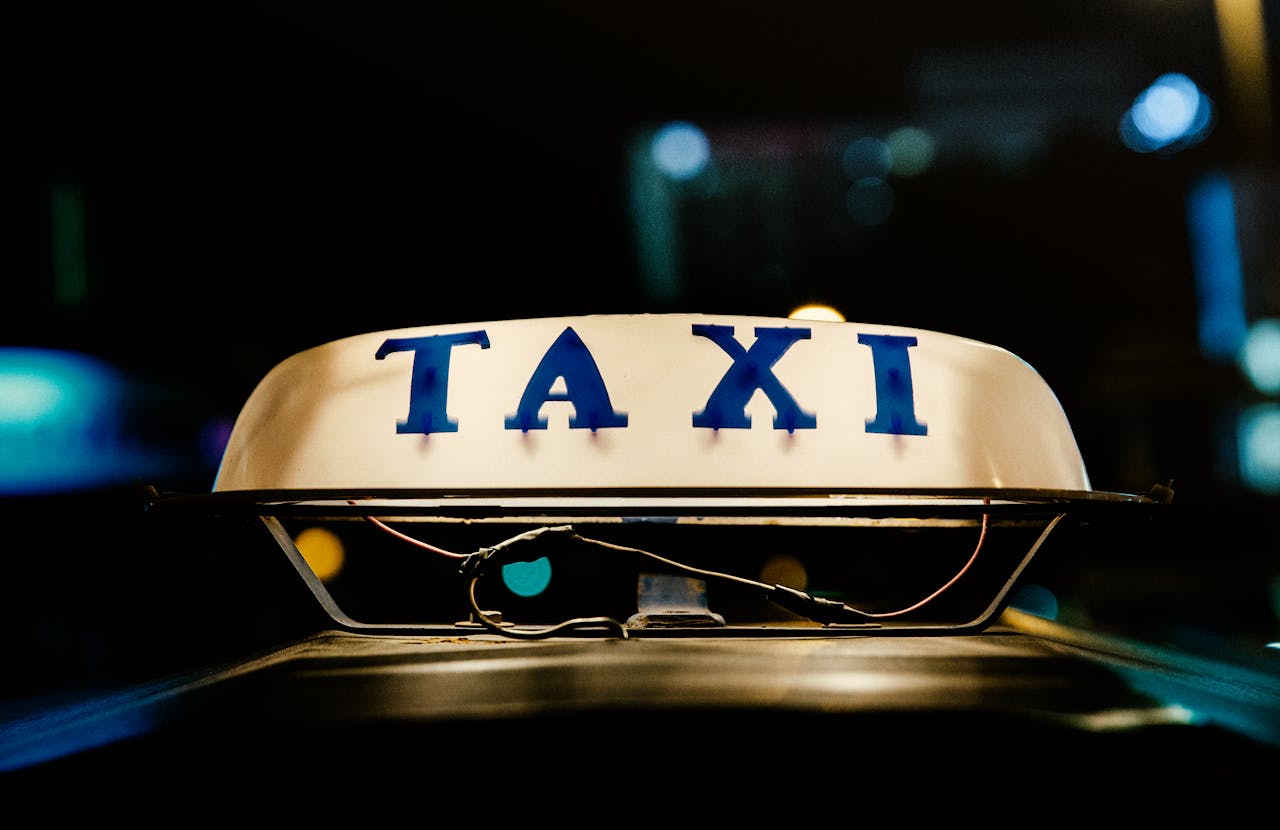Using 2025 pilot cities in Europe and the U.S. to rethink “freedom of movement”
If electric vehicles are changing how cars are powered, then Robotaxis are redefining what we mean by “vehicles” in a city. Over the past two years, with companies like Waymo, Cruise, Baidu Apollo gradually launching autonomous taxi services in multiple cities across Europe and the U.S., an idea once limited to science fiction is now tangibly changing how we think about traffic, parking, and even public transit.
Let’s look at three dimensions—urban traffic flow, parking demand, and public transport substitution or restructuring—to examine how Robotaxis are gradually reshaping the urban fabric.
1. Urban Traffic Flow: Are Robotaxis causing or easing congestion?
This is currently the most debated issue.
In San Francisco, where Cruise and Waymo have been operating for over a year, residents’ most direct complaint is that “they’re too slow.” The cautious driving strategies of Robotaxis on busy roads are often criticized for slowing down traffic. According to March 2025 data from the San Francisco Municipal Transportation Agency (SFMTA), even though Robotaxis account for less than 2% of total vehicles, they contributed to a 4.1% decrease in average rush hour speeds.
Paradoxically, the data from Phoenix shows the opposite. Waymo has been active there longer, and the system’s coordination with overall traffic has proven to be more efficient. According to a transportation research report from the University of Arizona, as of 2025, Robotaxis in Phoenix reduced average intersection wait times by 7% and improved travel efficiency by about 5.8%. The main reason lies in the predictive driving behavior and accurate recognition of traffic lights and right-of-way, which reduce “human-style” competition for lanes.
This suggests that whether Robotaxis aggravate congestion depends more on algorithm maturity, road complexity, and the proportion of human drivers. Robotaxis are not inherently the culprits—they are still learners participating in the traffic ecosystem.
2. The Parking Revolution: Are Robotaxis bringing “empty-space cities”?
A driverless taxi with no owner has almost zero demand for parking.
According to official data released by Waymo, more than 95% of its vehicles are in “active service or repositioning” mode, significantly reducing the idle time that traditional private cars spend parked. In both Phoenix and Los Angeles, Robotaxi fleets are used on average 6.8 times more per day than private vehicles.
The San Francisco Transportation Policy Research Center predicts that if Robotaxis reach a 30% penetration rate, more than 20% of downtown parking spaces—equivalent to 165,000 spots—could be freed up. This would make room for high-density urban areas to add green spaces, parks, and bike lanes.
Munich, Germany, has also launched a related pilot project. In a Robotaxi program supported by BMW, Q1 2025 data showed a 12% drop in usage of idle private parking spaces. Many small commercial zones have begun redesigning curbside parking into community markets, drop-off zones, and even café seating areas.
Robotaxis aren’t just replacing car owners—they’re replacing the very habit of “parking”, a behavior pattern that has existed for over a century.
3. Public Transport: Parallel system or replacement?
The relationship between Robotaxis and public transit is highly complex.
In the U.S., Waymo and Cruise initially made little effort to cooperate with public transit systems and were instead criticized by San Francisco’s metro agency for “cannibalizing late-night subway usage.” According to SFMTA data, by the end of 2024, Robotaxis had led to an 8.7% decrease in off-peak subway rides. In the suburbs of Los Angeles, areas covered by Waymo saw public bus usage fall by nearly 12%.
But there are cases of collaboration too. In 2025, Phoenix’s transportation authority partnered with Waymo to launch a “Robotaxi + Metro” joint ticket program, enabling users to complete the first and last miles of their journey by Robotaxi, with the metro in between. Official data shows that after launch, public transit ridership didn’t drop—it increased by 3.2% year-over-year.
In Europe, the city of Toulouse is piloting Robotaxis as a supplement in “transit deserts,” connecting neighborhoods or hilly areas where rail service is impractical. In such areas, Robotaxis serve as an extension of the transit system, not a replacement.
Therefore, rather than replacing public transport, Robotaxis are providing a flexible supplementary mechanism, especially for low-density zones and off-peak periods.
The Essence of a City: It’s about people, not cars
The true value of Robotaxis doesn’t lie in flashy self-driving tech, but in whether they can reduce a city’s dependence on cars, and whether they enable people to move, gather, pause, and interact more freely.
The frustration in San Francisco, the optimism in Phoenix, and the experimentation in Toulouse all reflect different responses—but they all prove one thing: Robotaxis are not a “one-size-fits-all solution.” They are a new variable in the evolution of urban life.
Whether this variable becomes the right answer depends on our ability to redesign policies, streets, and lifestyles around it.
FAQ: Robotaxis and Urban Transformation
1. Do Robotaxis actually reduce traffic congestion?
It depends on the city. In places like Phoenix, Robotaxis have improved traffic flow thanks to predictive driving and smooth signal coordination. But in denser cities like San Francisco, early data suggests they may slow down traffic due to overly cautious behavior. It all comes down to how well the tech integrates with complex urban environments.
2. Will Robotaxis eliminate the need for parking spaces?
Very likely—at least partially. Robotaxis don’t park like traditional vehicles. In cities like Phoenix and LA, they’re in constant motion or repositioning, meaning less idle time in parking lots. Some studies predict that up to 20% of urban parking could become obsolete if Robotaxis reach mass adoption.
3. Are Robotaxis replacing public transportation?
Not exactly. In some cities, they’ve reduced off-peak ridership on subways and buses. But in others, like Phoenix and Toulouse, Robotaxis are used to fill the gaps—serving as a first/last mile solution or covering underserved areas. They work better as a complement, not a competitor.
4. Are Robotaxis available to the public everywhere?
No, not yet. As of 2025, most Robotaxi services are limited to specific pilot zones in cities like San Francisco, Phoenix, Munich, and Toulouse. They usually require app-based access and still undergo tight regulatory oversight.
5. How do cities benefit from Robotaxi adoption?
Cities can reclaim space, reduce private car dependency, and offer more inclusive mobility options. Think green parks instead of parking lots, or safer streets thanks to predictable, non-aggressive driving. But the benefits depend on smart urban planning and regulation.
Who’s Winning the Robotaxi Race in 2025? Waymo, Cruise, Apollo & More



